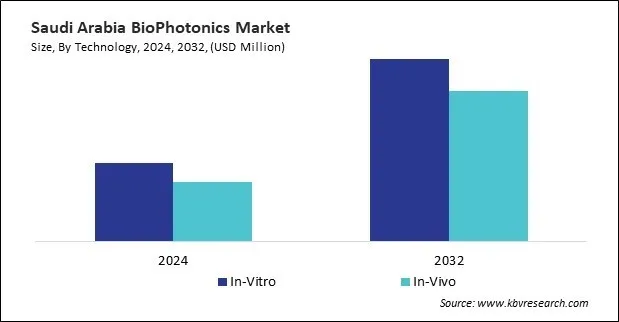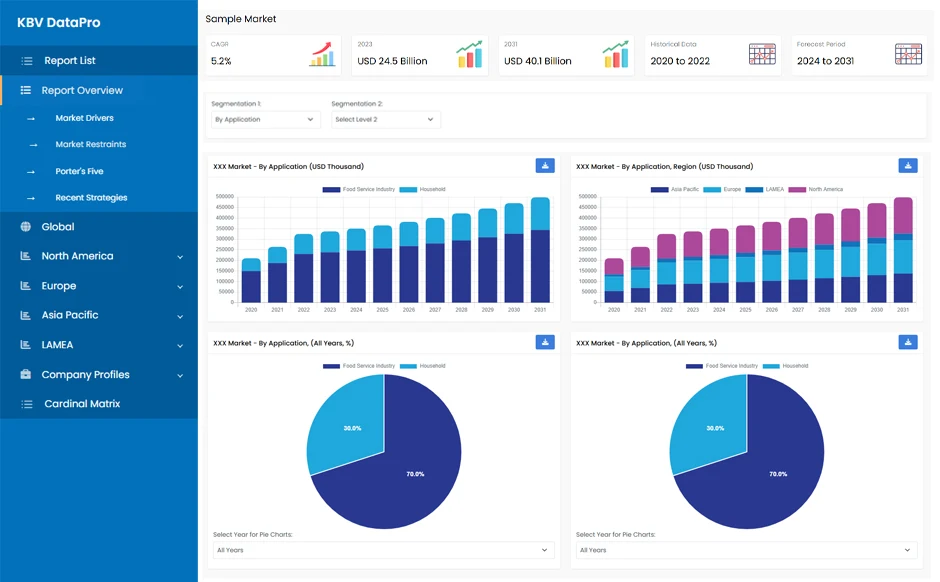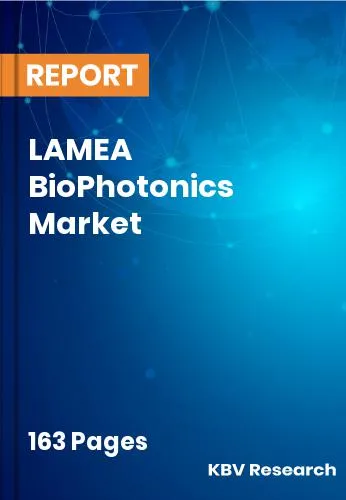The Latin America, Middle East and Africa BioPhotonics Market would witness market growth of 11.4% CAGR during the forecast period (2025-2032).
The Brazil market dominated the LAMEA BioPhotonics Market by Country in 2024, and would continue to be a dominant market till 2032; thereby, achieving a market value of $2,740.5 million by 2032, growing at a CAGR of 10 % during the forecast period. The Argentina market is showcasing a CAGR of 12.7% during (2025 - 2032). Additionally, The UAE market would register a CAGR of 10.1% during (2025 - 2032).

The increasing interest in home-based diagnostics and telemedicine solutions is well-aligned with the core strengths of biophotonics, making it a key enabler of future-ready healthcare ecosystems. Furthermore, its applications in drug discovery and preclinical studies are shortening development timelines by allowing more accurate and efficient screening of pharmacological effects at the cellular level.
In industrial and manufacturing settings, biophotonics is being harnessed to ensure biological safety and compliance in complex production processes, especially in pharmaceuticals, biotechnology, and food processing industries. The capability to detect biological contaminants and monitor microbial activity in real-time allows for enhanced quality control and reduced waste. In agricultural applications, it is being used to assess plant health, detect pathogens early, and optimize resource use—contributing to smarter and more sustainable farming practices.
The BioPhotonics Market in the LAMEA region (Latin America, Middle East, and Africa) is gaining traction, propelled by the growing need for affordable, non-invasive diagnostic solutions and the gradual modernization of healthcare systems. While the market is still emerging compared to more mature regions, there is a noticeable increase in the adoption of biophotonic technologies in medical imaging, point-of-care diagnostics, and disease monitoring across several LAMEA countries. In the Middle East, particularly in the UAE and Saudi Arabia, the push toward smart healthcare systems and digital hospitals is creating fertile ground for biophotonics applications, especially in areas like fluorescence-guided surgery and minimally invasive diagnostics. The competitive landscape in LAMEA includes a growing number of academic partnerships, international collaborations, and niche companies offering localized solutions. Although global players such as Thermo Fisher and Horiba have a presence in the region, homegrown innovators are emerging, especially in Brazil and South Africa, focusing on cost-effective, robust technologies suited to local healthcare conditions. Hence, the LAMEA BioPhotonics market is poised for gradual but impactful growth, shaped by healthcare accessibility challenges, targeted innovation, and expanding regional investment in optical medical technologies.
Free Valuable Insights: The Worldwide BioPhotonics Market is Projected to reach USD 156.85 Billion by 2032, at a CAGR of 10.0%
Based on Technology, the market is segmented into In-Vitro, and In-Vivo. Based on End Use, the market is segmented into Medical Diagnostics, Tests & Components, Medical Therapeutics, and Non-medical Application. Based on Application, the market is segmented into See-Through imaging, Microscopy, Inside Imaging, Spectro Molecular, Analytics Sensing, Light Therapy, Surface Imaging, and Biosensors & Others. Based on countries, the market is segmented into Brazil, Argentina, UAE, Saudi Arabia, South Africa, Nigeria, and Rest of LAMEA.

By Technology
By End Use
By Application
By Country
Our team of dedicated experts can provide you with attractive expansion opportunities for your business.

